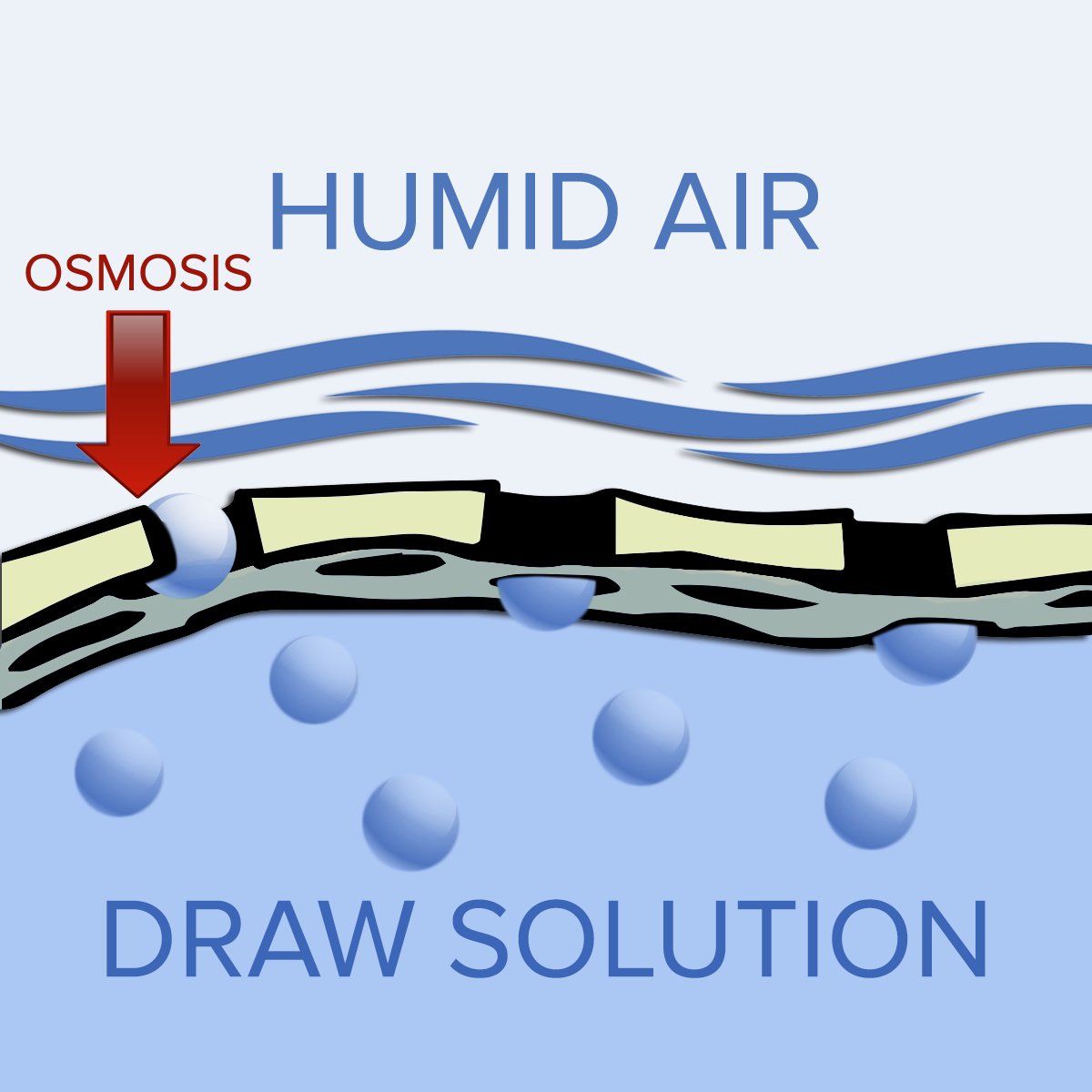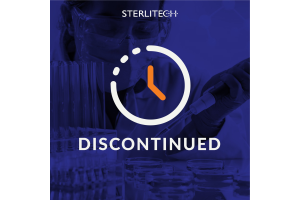Forward Osmosis and Air De-Humidification

Forward Osmosis has been known and exploited as a separation process for a variety of applications including water and wastewater treatment, food processing, and power generation since the early 1960’s. Can this process also be applied for air de-humidification? Recent publications and patents have demonstrated that combining capillary condensation with osmosis separation through a semi-permeable membrane, introduced as Osmotic Membrane Dehumidification process, can be an efficient de-humidification method.
In the Osmotic Membrane Dehumidification process, a humid air stream is brought into contact with a semi-permeable membrane, which separates the air stream from an osmotic solution, i.e. draw solution (draw solution is generally a salt solution). Water vapors in the air stream condense by capillary condensation in the pores of the membrane and the condensed water is transferred into the draw solution by osmosis.
Unlike the conventional de-humidification processes, in this process there is no need to cool the humid air stream to the dew point of water and to subsequently reheat it to the comfortable temperatures. Therefore, energy savings of about 20-30% is expected in large scale systems compared to a conventional de-humidification processes.
To read more about this technology please refer to:
1. The Potential Of Osmotic Membrane Dehumidification, Arthur Kesten, Jeffrey McCutcheon, Ariel Girelli and Jack Blechner, AIChE Annual Meeting/Conference, November 4, 2013. 2. Versatile Dehumidification Process and Apparatus, Kesten, A.S. and Blechner, J.N., U.S. Patent 7,758,671 B2, July 20, 2010. 3. Dehumidification Process and Apparatus, Kesten, et al, U.S. Patent 6,539,731 B2, April 1, 2003.
- Most Viewed Blog Articles (5)
- Company News (284)
- Emerging Technologies (64)
- Microbiology and Life Science News (93)
- Water and Fluid Separation News (97)
- Filtration Resources (93)
- Product News (19)

![Join Sterlitech at BIO 2024 [Booth #5558]: Exploring the Future of Biotechnology](https://www.sterlitech.com/media/blog/cache/300x200/magefan_blog/b4.jpeg)




